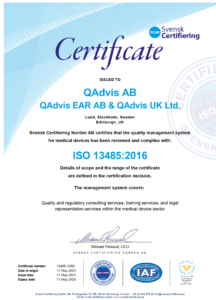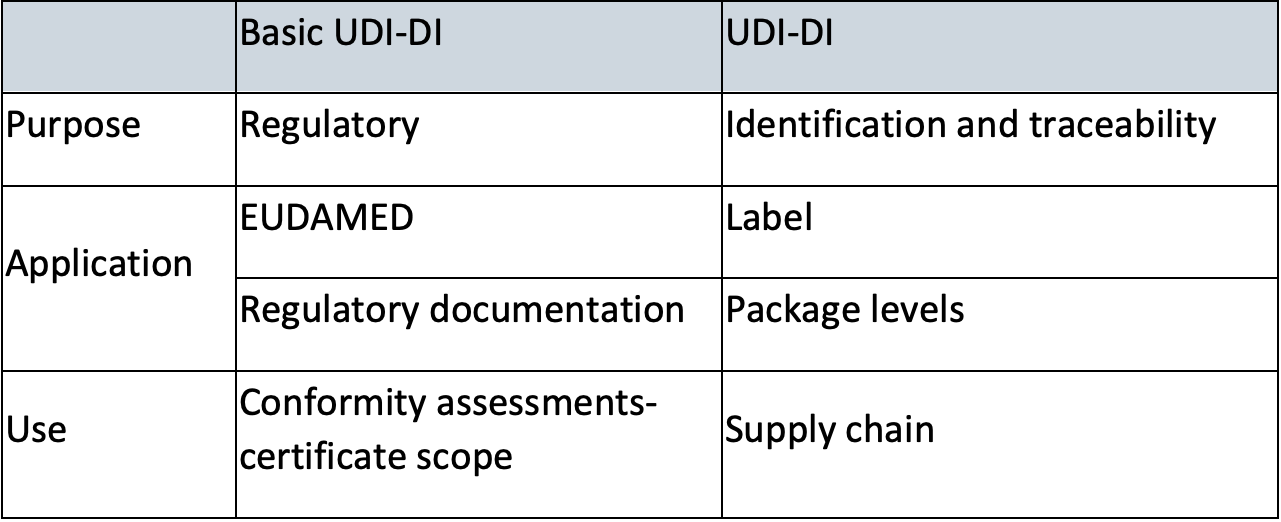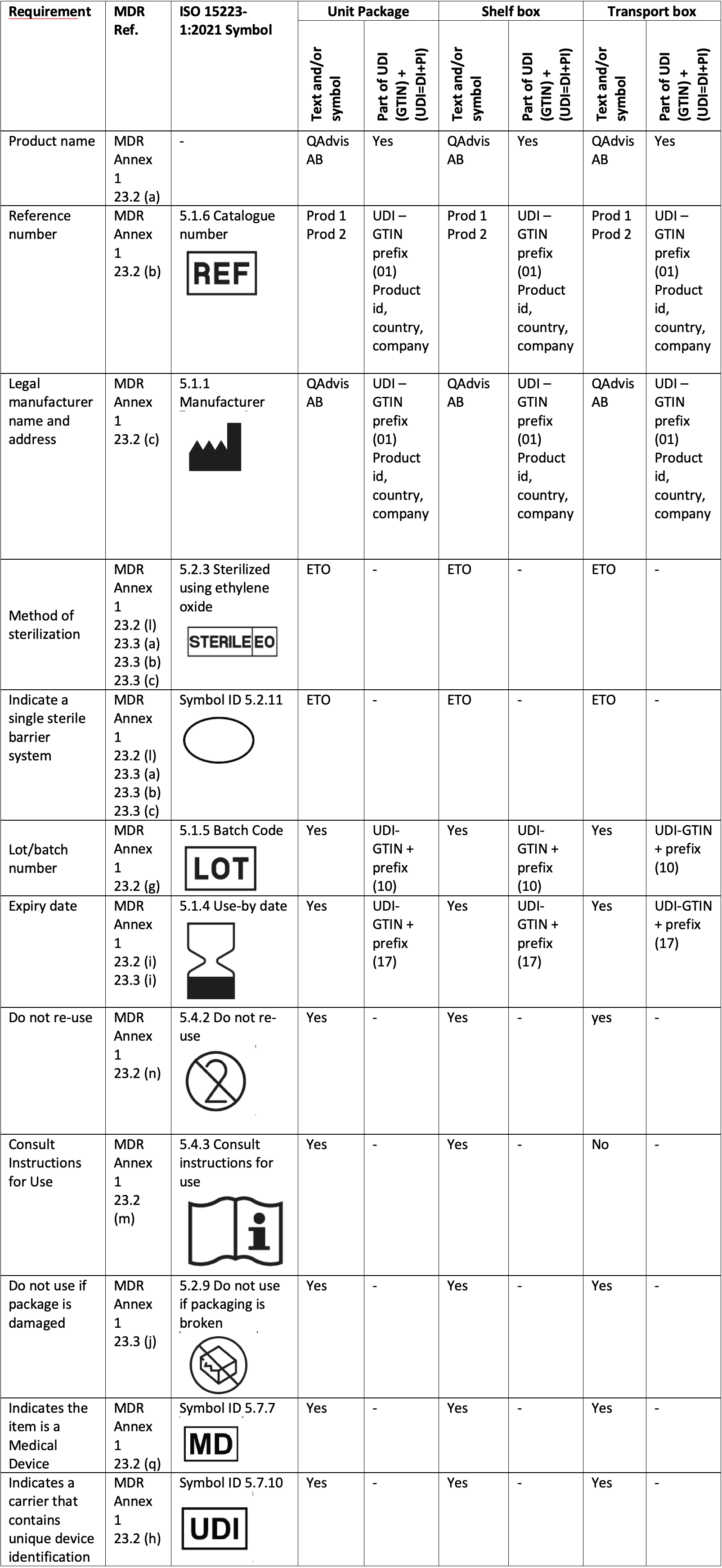Regulatory requirements are a design input.
What is the purpose of developing a medical device?
If you ask your employees, the probable answer is that it is to help patients and fulfill user needs. Which is fair enough, but in order to do that we also need to understand that regulatory and government authorities also are included in the “user needs”.
At the core of every design and development process are the user needs. Too often, however, the user needs are limited to the needs of the patients and/or health care professionals. Regulatory requirements are overlooked except for the immediate market where the manufacturer resides. Your device is CE-marked or 510(k) cleared but the needs on important markets are not included in the design input. This sometimes causes registration problems, costly redesigns, retesting or even registration failure.
Failure in design transfer to production is one of the most common sources of FDA warning letters which has led manufacturers to understand that you cannot just design the product and then throw the drawings over the wall to production and hope everything will be sorted by itself. You need to work together as a team.
Unfortunately, this is still often the case when it comes to registrations. The requirements from the applicable markets are investigated at its best at the design release and a world of trouble opens up causing changes, delays and additional costs. This can however be avoided to a large extent just by understanding that the regulatory requirements are essential in design input
Initial sales strategy
Early in the process an initial sales strategy should be presented with intended use, intended users and the most important markets. The strategy should also include the anticipated sales for the first 3-5 years if possible. Depending on the type of device, health economics and reimbursement requirements should also be investigated.
Regulatory route
The regulatory department can then do an initial assessment of the requirements of each of the proposed markets. This should include the cost and complexity of the registration as well as additional local requirements such as:
-
Classification
- Product codes
- Additional labelling requirements?
-
Translations
- Country specific symbols/labelling needed.
-
- The need for a local market representative?
- Additional QMS requirements including foreign government audits?
- Additional manufacturer registrations needed?
- Local standards or testing required?
- Other local regulations that could affect device registration (radio, battery, animal content)
- Local demographics required for Clinical or Usability investigations?
- Should health economics be included in the Clinical study?
With the information above, a cost/benefit analysis can be performed and an informed decision on which markets to pursue and which requirement to include from the start can be pursued. This way the device will be ready for major applicable markets at release rather than trying to squeeze them in later stages.
A successful product realization and launch can be summed up with the famous Plan, Do, Check, Act. However, as you can see, the first word is Plan.




